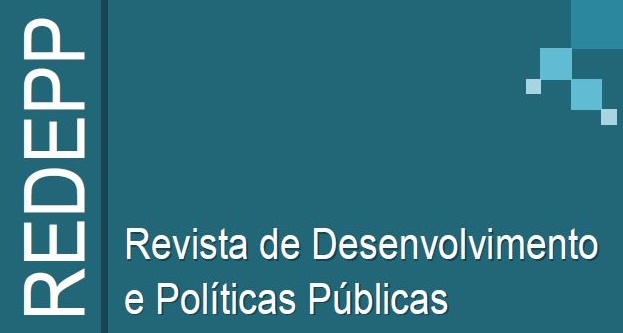By whom does interest rate in Brazil double?
DOI:
https://doi.org/10.31061/redepp.v8n1.06-13Keywords:
Interest Rates, Price Indexation, Inflation Targeting, Rentier Capitalism, BrazilAbstract
This article aims to discuss the reasons for the chronically high policy interest rate in Brazil. It is argued that high interest rate is the cause not the consequence of Brazil´s fiscal unbalance ion the last 3 years. A High level for the policy interest rate is the result of many structural and institutional reasons. For the structural side Brazilian economy still present a high level of price indexation due to the unfinished stabilization made by Real Plan From the institutional side, the rigidity of the Institutional Arrangement of the Brazilian Inflation Targeting Regime, expressed in unrealistic targets for inflation and the use of headline inflation instead of core inflation in the definition of target inflation, creates a bias for Central Bank to increase interest rate even when the behavior of actual inflation does not preset any consistent upward pressure as it is the case along the year of 2024
Downloads
Published
How to Cite
Issue
Section
License
Copyright (c) 2025 Po

This work is licensed under a Creative Commons Attribution 4.0 International License.



